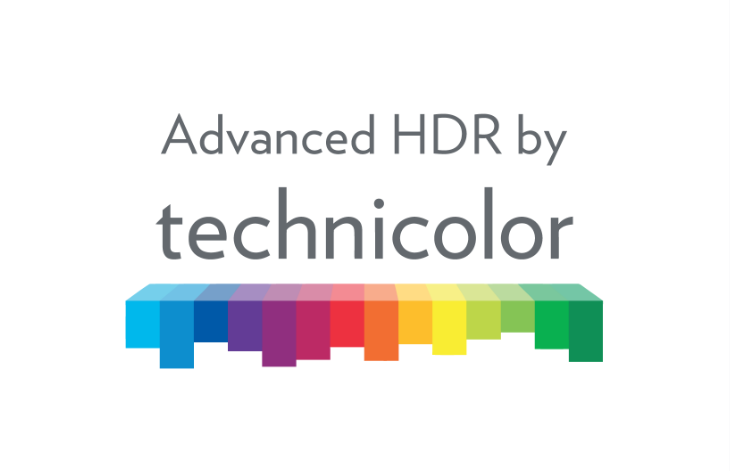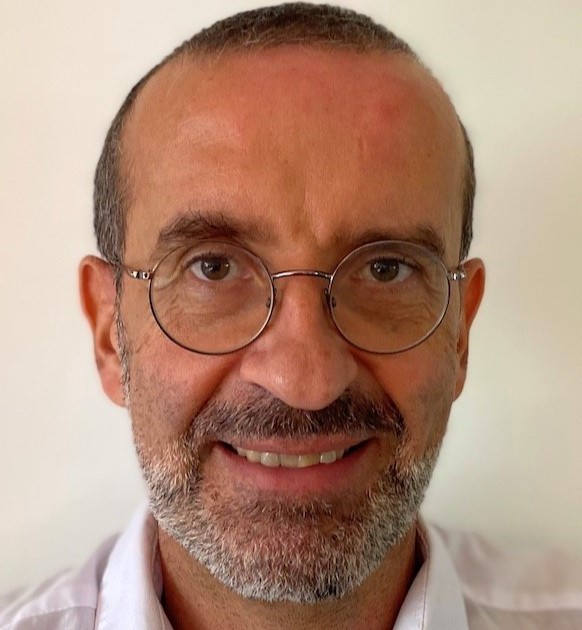LOS ANGELES - Oct. 25, 2022 - PRLog -- It is not only possible to simultaneously support the production and distribution of standard dynamic range (SDR) and high dynamic range (HDR) without compromising the integrity of live- and post-production content, but provable using technologies and production techniques available in the market.
This is the central conclusion of a white paper entitled "HDR Production – Tone Mapping Techniques and Related Round-trip Performances for Both SDR and HDR Sources Mastering," presented at the 2022 SMPTE Media Technology Summit by David Touzé, System Architect for Research and Engineering at InterDigital. He offers objective metrics that prove how the conversion from SDR to HDR and back to SDR can be executed while preserving the integrity of the original formats.
In the white paper, he asserts that artificial intelligence/machine learning (AI/ML) and tone mapping technologies have reached a state of maturity that allows complex ecosystems to support the most stringent "live-production" requirements for simultaneously managing HDR and SDR content while meeting the business and performance needs of all stakeholders in the community. This includes advertisers and brand managers who are extremely sensitive to the fidelity of their commercial messages and marks.
The Case for Single-Workflow Round-trip SDR-HDR-SDR
Continued progress toward the deployment and consumer adoption of HDR devices -- including large-screen TVs, tablets and mobile phones -- is putting mounting market pressure on the industry to produce, convert and deliver content that provides enhanced visual experiences to capable devices.
As often happens when new technologies -- and elevated standards of performance -- are introduced, the industry is caught between two worlds. Consequently, complex ecosystems made up of content creators, distributors and consumer electronics distributors are struggling with how to support the large, established presence of SDR during the transition to HDR.
One option to support the transition is to launch separate content development, distribution and consumption workflows. This, however, is not an attractive path forward, given the costs and technical complexities associated with maintaining multiple operations. It is a challenge that grows exponentially as different links in the value chain participate in the process.
Touzé argues that a better alternative is to develop a single production process that dynamically integrates and automates HDR and SDR workflows by applying machine learning and tone mapping technologies.
While single-stream strategies for HDR-SDR management have been discussed in the industry for years, concerns have been expressed about the ability to ensure the fidelity and integrity of SDR streams that are converted to HDR and then brought back to SDR.
"One of the things really needed in production environments that support SDR and HDR is a high-quality and high-performance round-trip feature," says Touzé.
For various reasons, he explains, live production teams increasingly need the flexibility to work with HDR and SDR source content. This is because there can be a mix of HDR and SDR cameras capturing live feeds.
"The same is true for commercial advertisements, which must be integrated into live feeds. Given the sensitivity of these communities to the appearance of their content, it is critical that the SDR feed at distribution looks exactly the same as the source SDR content. You want to preserve the artistic intent of the original content. This white paper demonstrates how currently available dynamic solutions can effectively convert SDR to HDR and back to SDR -- also known as round-trip -- without compromising the integrity of the original SDR content."
These capabilities, he concludes, are all currently available in the Advanced HDR by Technicolor suite of solutions for the single-stream management of HDR and SDR workflows in live-and post-production environments.
Advanced HDR by Technicolor incorporates tone mapping tools that are dynamic, AI/ML-driven and tunable to provide perfect round-trip performance that can be objectively proven.
"It is a 'no compromise' outcome that should remove any concerns or objections to adopting workflows that integrate and optimize all HDR-SDR content creation and conversion activities," concludes Touzé.
To learn more about Advanced HDR by Technicolor, visit:
https://bit.ly/AdvancedHDRbyTechnicolor
Contact
Advanced HDR by Technicolor
***@mindsharecapture.com
Photos: (Click photo to enlarge)

Read Full Story - SMPTE 2022 White Paper: InterDigital's David Touzé Proves Features in Advanced HDR by Technicolor Ensure "Perfect" Round-trip HDR and SDR Performance | More news from this source
Press release distribution by PRLog
SMPTE 2022 White Paper: InterDigital's David Touzé Proves Features in Advanced HDR by Technicolor Ensure "Perfect" Round-trip HDR and SDR Performance
October 25, 2022 at 20:06 PM EDT














